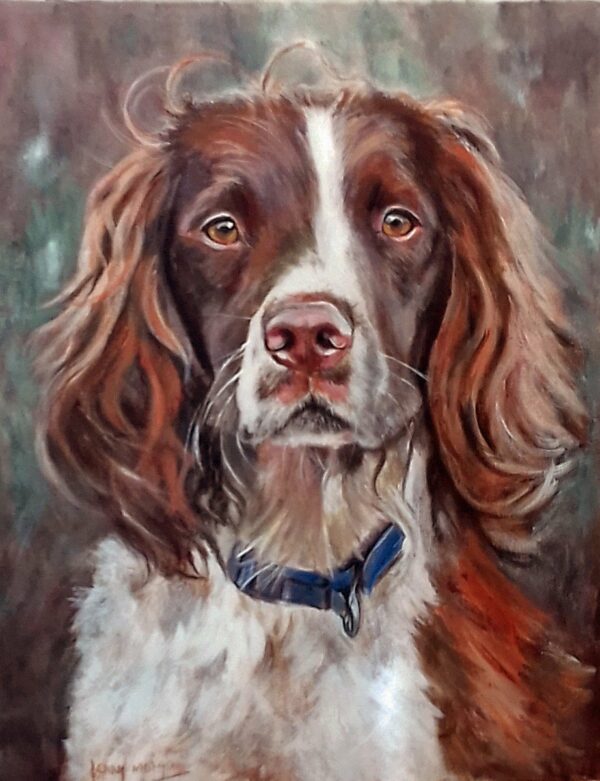Figurative artworks are those that represent actual things, so portraits, landscapes, still lifes and nudes are all examples of figurativism in art.” Figurative art” is often taken to mean art that represents the human figure – and although this can be the case, it’s not necessarily so. Also known as representational art, figurative art can be considered to be at one end of a scale. With highly figurative photorealistic pieces at one end (it’s actually an airbrush painting, not a photo):

Source: http://labnol.blogspot.com/2007/10/image-that-you-see-here-is-not.html
and totally abstract artworks at the other:

Source: http://www.nga.gov/feature/pollock/painting1.shtm
In between, there are semi-figurative and semi-abstract styles of every kind. In this semi-abstract sculpture by Henry Moore, we can still see a human figure, but the form has been heavily pared down and abstracted.

Source: http://www.kew.org/henry-moore/
Figuratvism and abstraction rely on each other – figurative artworks are based on abstract shapes – notably the square, the circle and the triangle. Abstract pieces, even at their most developed, are usually abstracted versions of figurative images. In fact, our current understanding of figurative art comes from the Ancient Greeks, who developed a system of representing reality using abstract shapes (circle, square and triangle).
And now for some figurative works from Art2Arts online gallery:



Visit the figurative art section at Art2Arts online gallery to see original pieces from UK artists.
